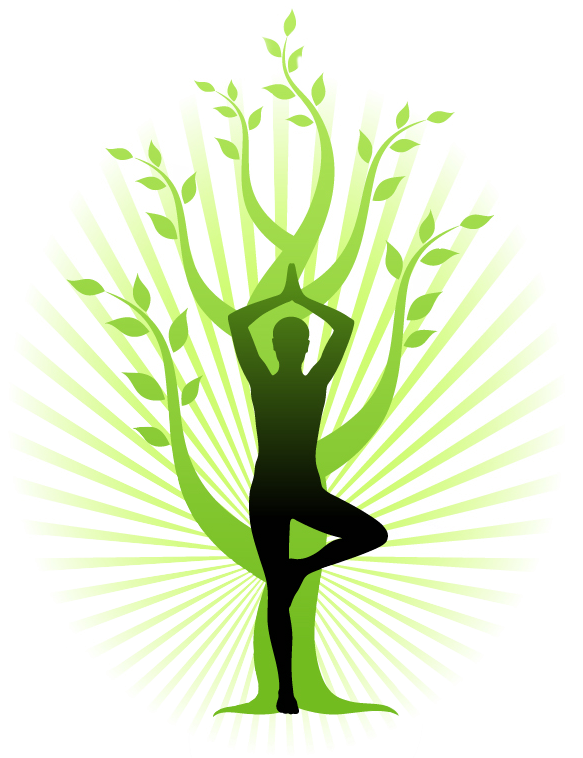Recently I attended a Pelvic Floor Workshop, which is why I have been mentioning respiratory and pelvic diaphragms, perineum and Mula Bundha a bit more lately!!!
 They are so important, the awful truth is that most people in rest homes are there because they are incontinent, as Mairi says – ‘There is nothing glamorous about incontinence’ – but we can do something about it, it is not something to be ashamed of or hidden.
They are so important, the awful truth is that most people in rest homes are there because they are incontinent, as Mairi says – ‘There is nothing glamorous about incontinence’ – but we can do something about it, it is not something to be ashamed of or hidden.
Note that men have a pelvic floor too, just the same musculature and fascia as women, men need to be aware of any prostate issues which can compromise the bladder and action of the pelvic floor. Cycling too, can damage the pudendal nerve – not funny.
Do you –
- have small leaks of urine when coughing, laughing, during exercise?
- accidentally lose control of bladder or bowel, or pass wind excessively ?
- need to go to the toilet frequently or urgently ?
- have ongoing pelvic pain or discomfort ?
Yoga is so helpful, because we bring our awareness to the breath and that is everything to do with the pelvic floor. Loaded heavy exercise or high intensity sport when young without awareness to the breath, can damage our pelvic floor. Sustainable abdominal contraction is essential, too much will knock out our pelvic floor. Yoga helps us with subtle awareness, timing, posture, breath, alignment, lifting/bracing as we rise up against gravity, uniting the action of our respiratory and pelvic diaphragm – truely the core of our being. Less is more.
Invite manduki/flat squat into your daily life, feel a sense of widening the pelvis as you squat down and lifting/narrowing as you rise up.
Learn to isolate your Mula bundha.
People with a higher chance of pelvic floor issues include:
- Pregnancy or overweight or worse still both! Have suffered trauma during childbirth
- Menopause lowers our oestrogen levels, weight gain.
- Digestive problems, Irritable Bowel, prone to constipation, poor nutrition.
- Lifting heavy weights, high impact exercise
- Cycling – the pudendal nerve, especially in males
- Young athletes, gymnasts
- Children during toilet training
There are 3 types of Pelvic Floor dysfunction
- Stress incontinence – leaking under load, with physical exertion ( muscular)
- Urge Incontinence – increased urge, overactive bladder( bladder and Central nervous System Retraining)
- Overflow/incomplete emptying ( overactive pelvic floor often associated with constipation and inappropriate exercise habit)
It is important to distinguish between them, I can help or refer you on to
Shelley Solomon
or to our very own Mairi who comes to yoga on Tuesday nights, she is so lovely and down to Earth!!
Also, look up Continence NZ
And, this You Tube clip on the Franklin Method and why we shouldn’t grip ! This teaches us to use our core eccentrically – muscle action in a lengthening way.
https://www.youtube.com/watch?
If you have weakness of the pelvic floor/stress incontinence with exercise, you must be able to isolate the pelvic floor action, cues are:
‘Trying to prevent wind escaping ‘
‘Imagine you are a chicken laying an egg, try not to’!
Then try this basic prescription:
- Take a gentle breath in, letting the pelvic floor muscles lengthen down actively, then on the exhale , lift the pelvic floor from the back passage to the pubic bone,
- Hold for 1-5 seconds, but don’t hold the breath, keep breathing!
- Rest for 3-5 seconds
- Once you have this, build up to 10 lifts /contractions 3 x daily


